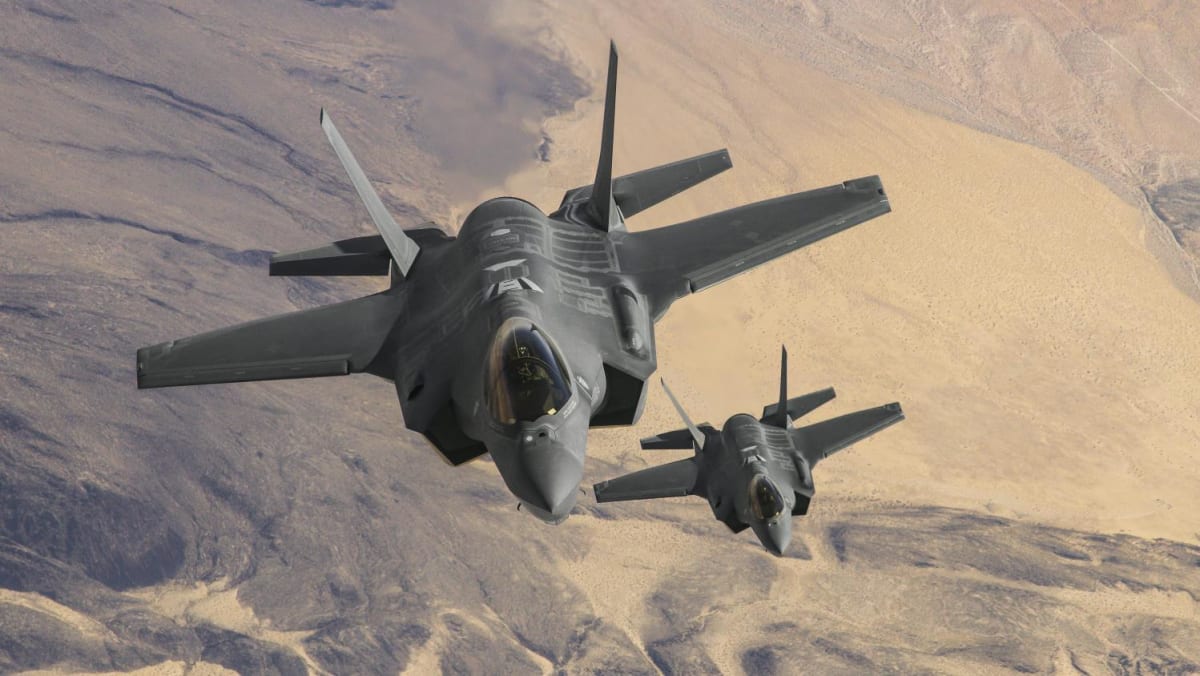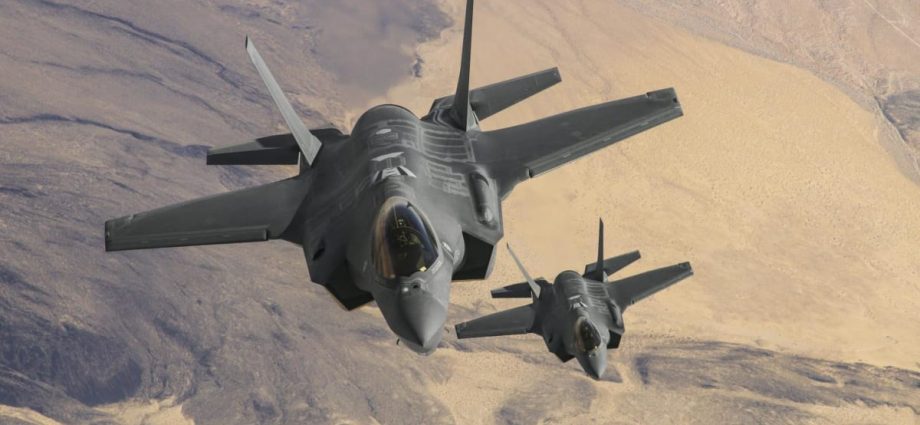
The F-35As are expected to be delivered in around 2030 while the F-35B jets ordered in 2020 and 2023 are projected to arrive in 2026 and 2028 respectively.
Singapore is one of four countries in the Indo-Pacific region to acquire F-35s, along with Australia, Japan and South Korea. Globally, F-35 users apart from the United States include Canada, Israel, the United Kingdom and other European powers.
So what exactly will the F-35As bring to the table? And how are they different from the existing F-35Bs on order? CNA spoke to three defence analysts to find out.
What are the differences between the two planes?
The F-35A can fly further and carry more weapons than the F-35B, and this is tied to differences in how the two fighters operate.
While the F-35B can take off over very short distances and perform vertical landings, the F-35A takes off and lands conventionally.
The F-35B’s abilities are valuable. In land-scarce Singapore, the fighters will enhance RSAF’s operational flexibility while also boosting the country’s resilience against attacks on its runways.
These abilities come at a cost, however. The hardware that enables the F-35B to perform its take-offs and landings takes up space, reducing the amount of fuel and weaponry it can carry.
“The F-35A – the conventional take-off and landing variant, has a higher internal fuel capacity, allowing it to have greater endurance as compared to the B variant,” MINDEF said in a fact sheet issued on Thursday.
“Without the need for a lift fan which is present in the F-35B to provide the short take-off and vertical landing capability, the F-35A is able to carry payloads of higher capacity, thereby complementing the F-35B, and providing the RSAF with greater flexibility to meet our operational needs.”
The weapons payload for the F-35A is 8,160kg, while the F-35B can carry a payload of 6,800kg.
“The greater payload means being able to carry more air-to-air missiles, larger bombs internally – 2,000-pound (907kg) bombs versus 1,000-pound bombs – and more bombs externally on the wings,” said Dr Peter Layton, a visiting fellow at the Griffith Asia Institute.

